POLICEMAN’S HELMET
(Impatiens glandulifera)
Other common names: Himalayan balsam, Ornamental jewelhead, Bobby tops, Copper tops, Gnome’s hatstand, Kiss-me-on-the-mountain
Weed Class/Rating: “B” Rated weed by ODA. “A weed of economic importance which is regionally abundant, but may have limited distribution in some counties”
Family: Balsaminaceae
Lifecycle: Annual
Height: 3 to 8 feet tall
Leaves: Soft, green, lance or egg-shaped with serrated edges
Stems: Hollow, upright, with a purplish tinge
Roots: Shallow and fibrous
Seeds: Seed pods are 3/4” to 1 1/4” long
Flowers: White, pink, or purple color; hooded shape
Other notes: Produces an edible, sweet smelling nectar
Toxicity: Not known to be toxic
Policeman’s helmet is native to India and the western Himalaya. Its root system is very shallow and requires a high groundwater table such as is found in lowland riparian areas. It flowers from June to October during which time it produces nectar that is highly attractive to pollinating insects. When seed pods burst, seeds can be thrown up to 20 feet from the parent plant and are often carried downstream making it very easy for this plant to spread quickly. Its effective seed dispersal and prolific pollination make it very easy for this plant to outcompete native species and rapidly populate large areas.

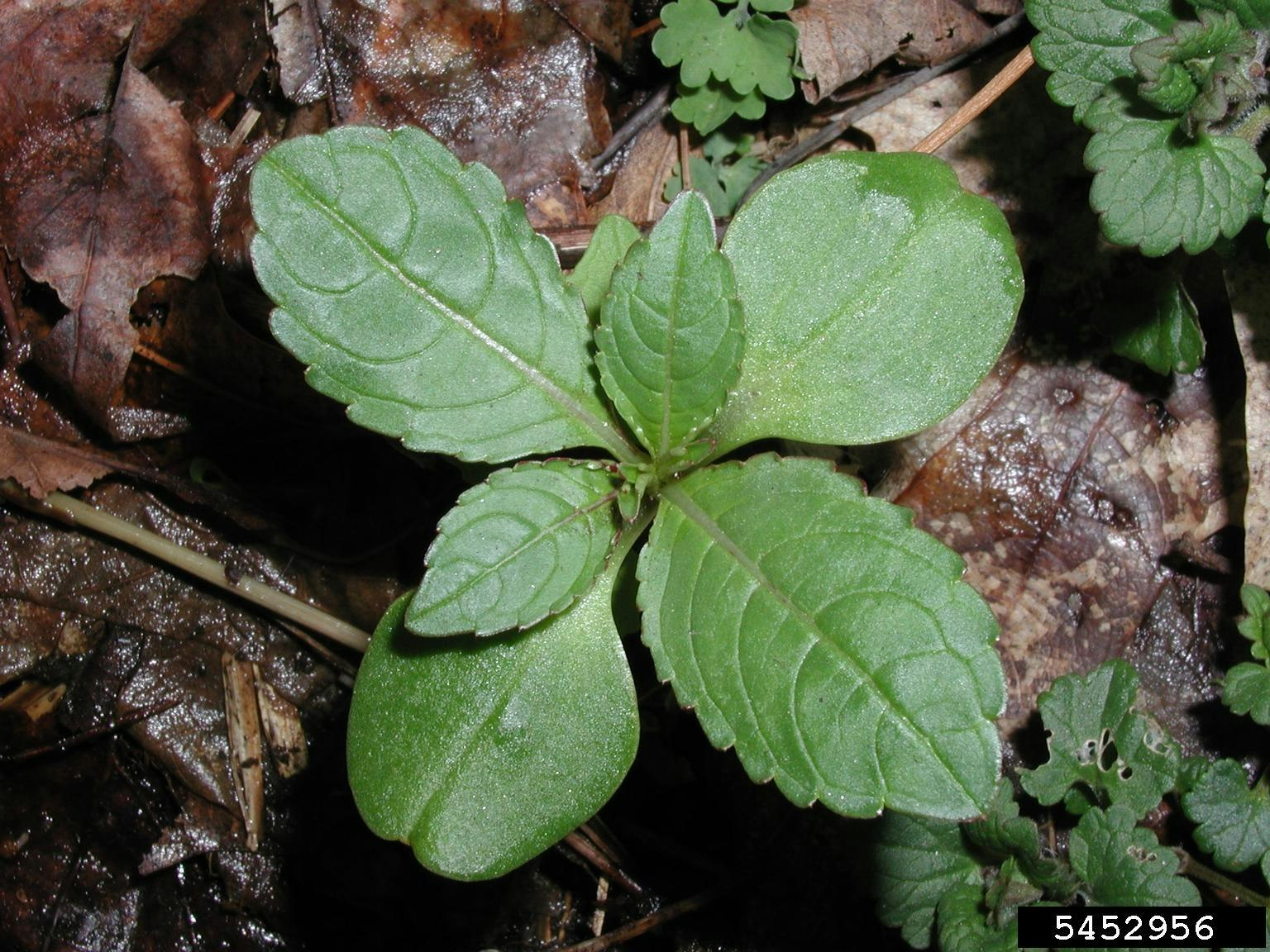
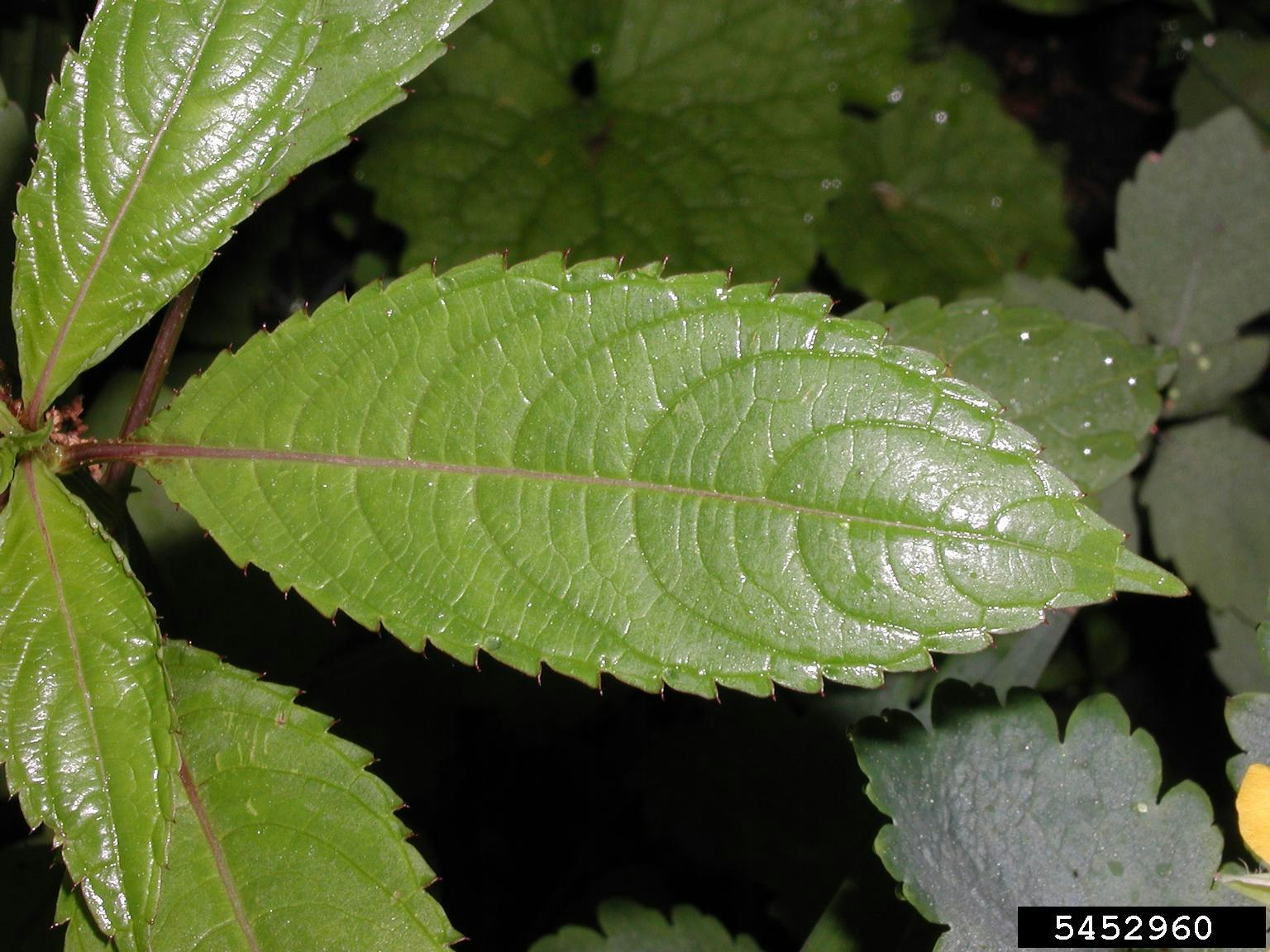
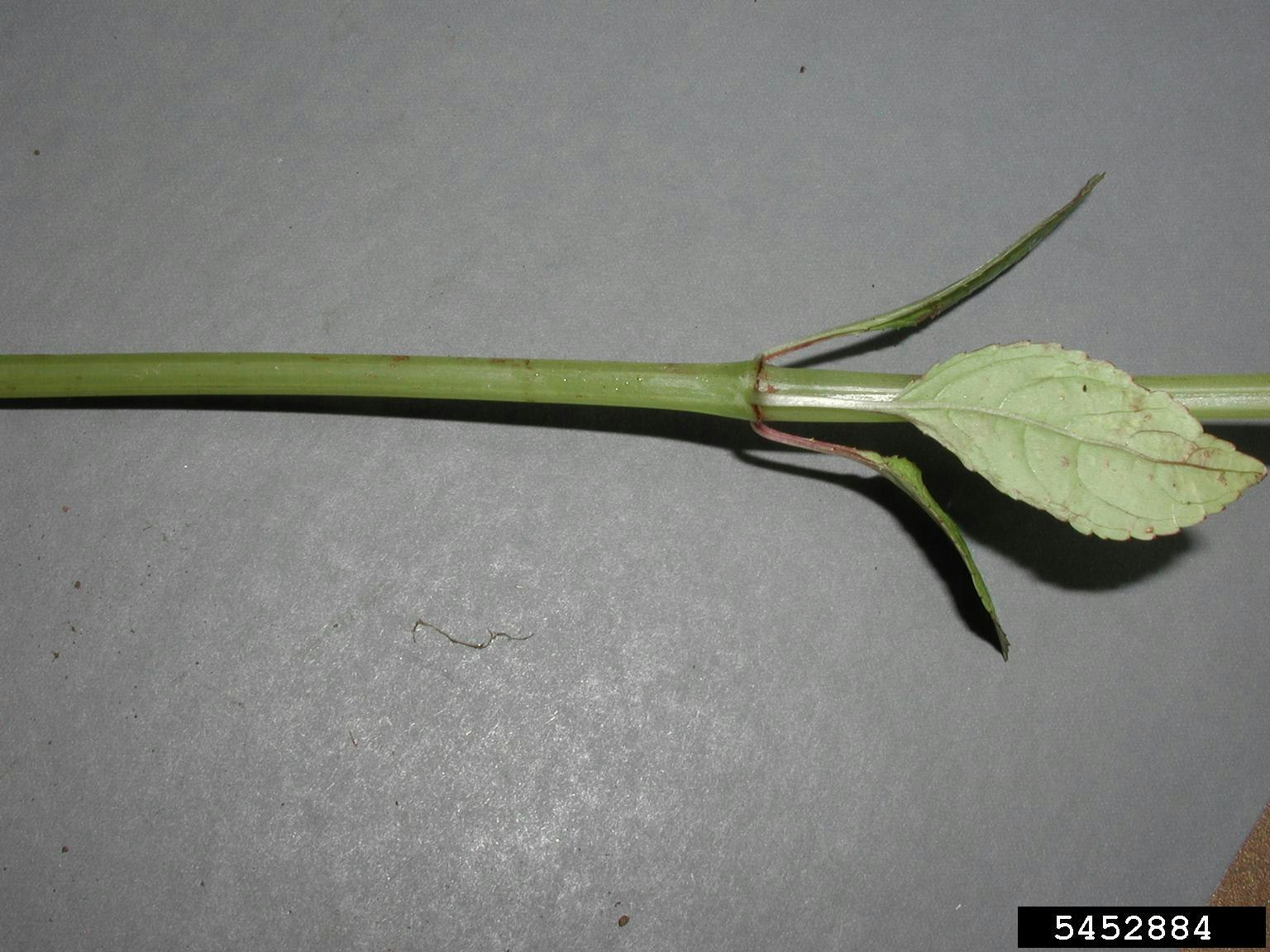


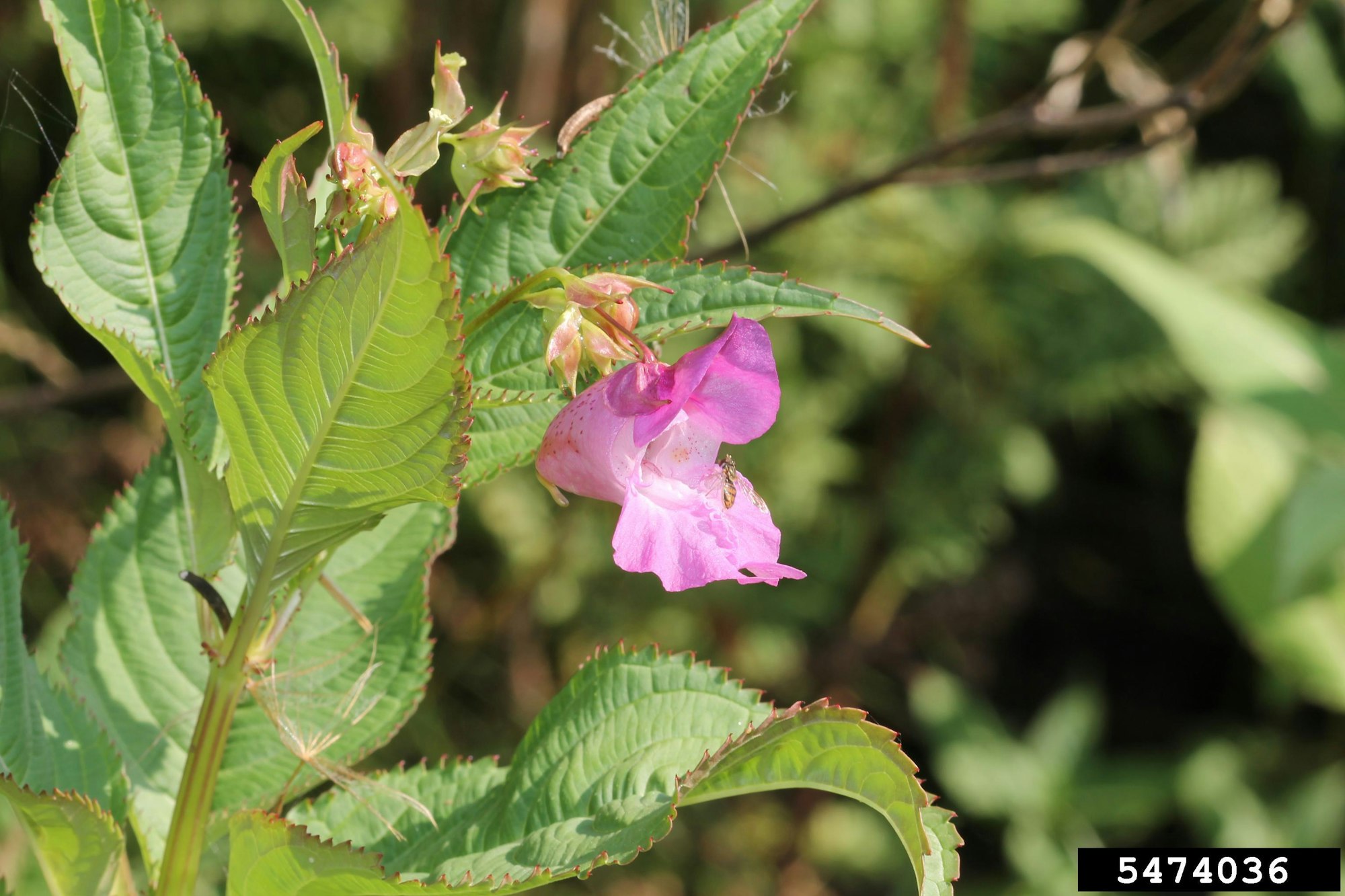
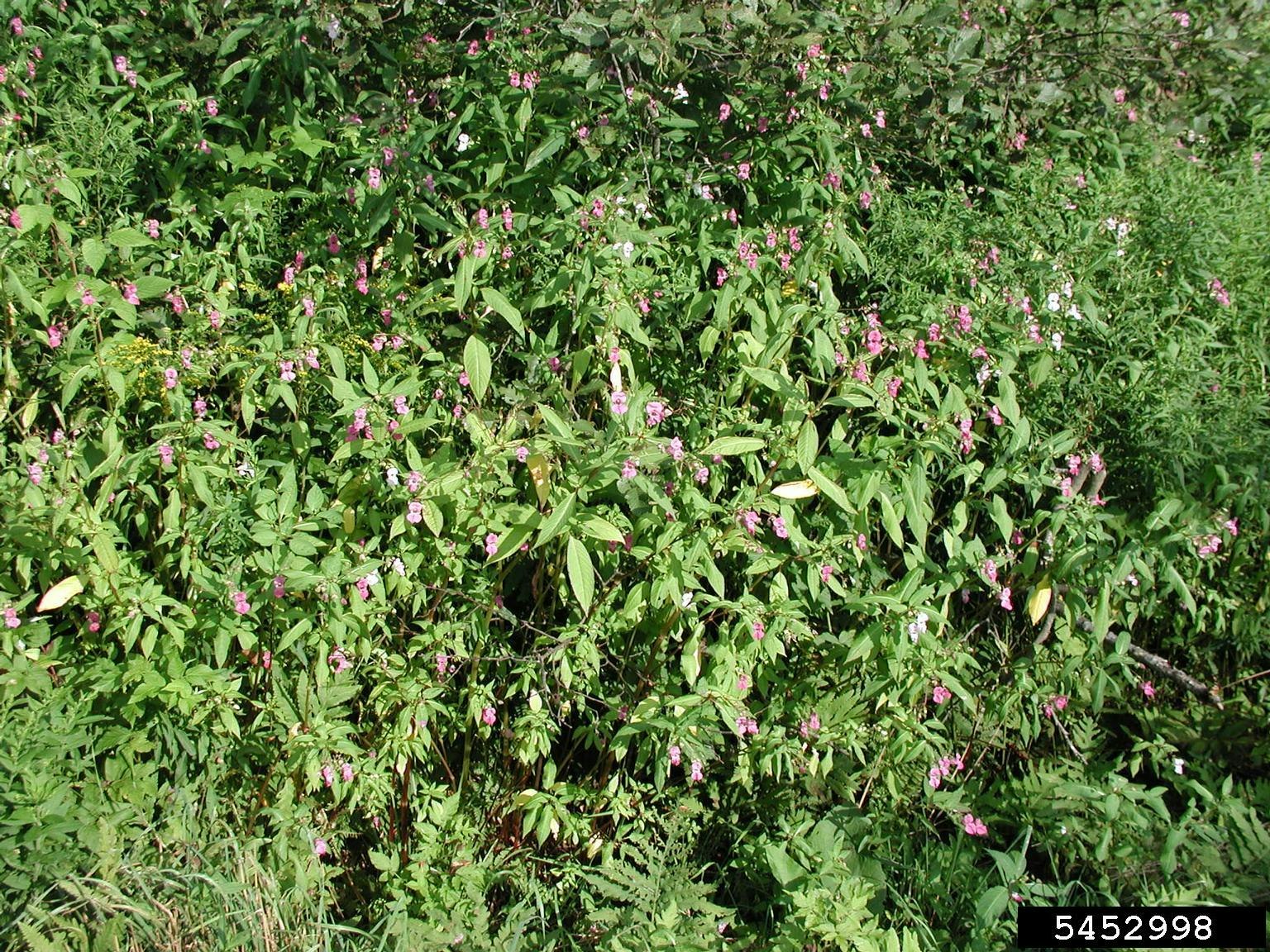
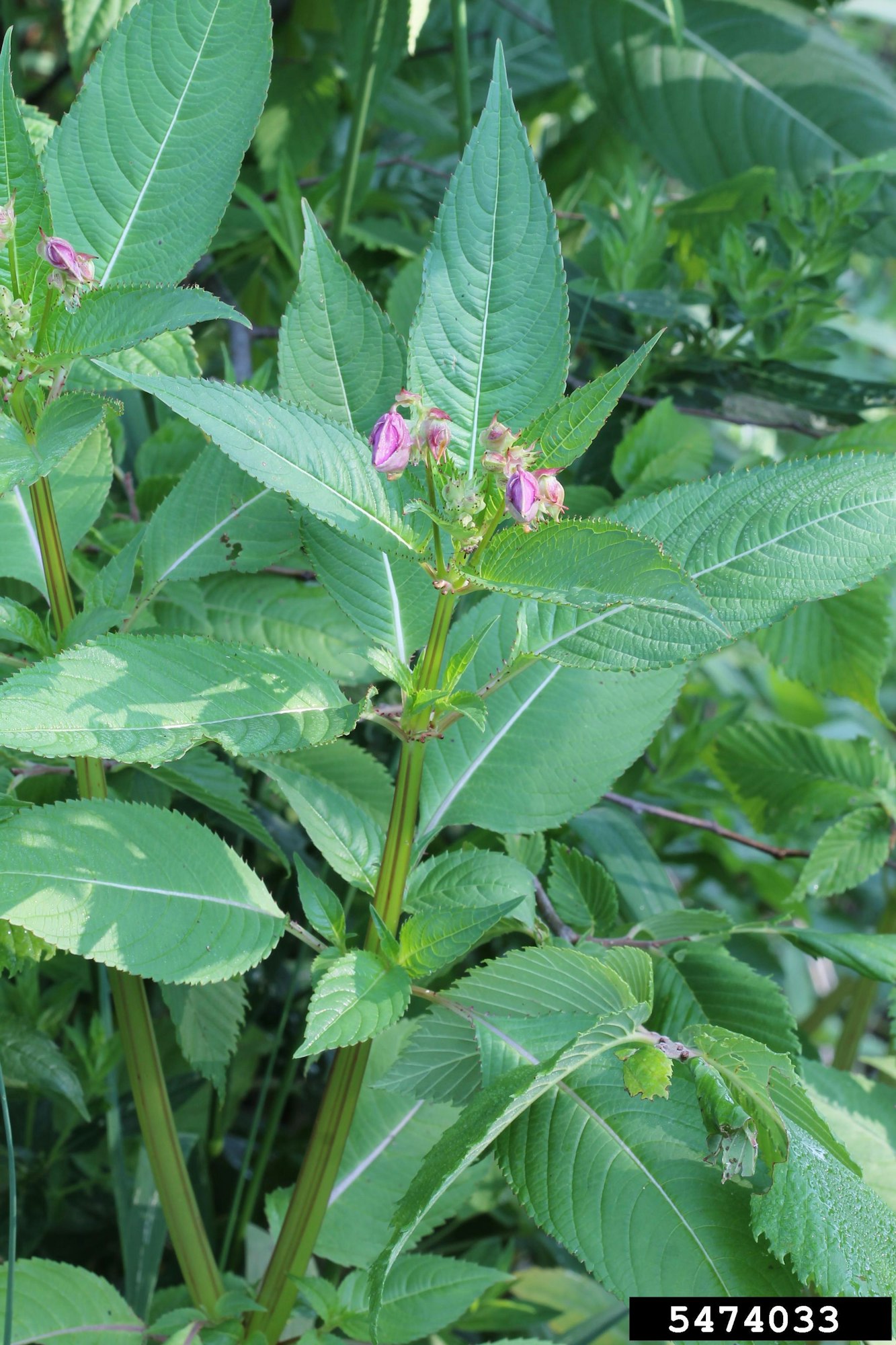
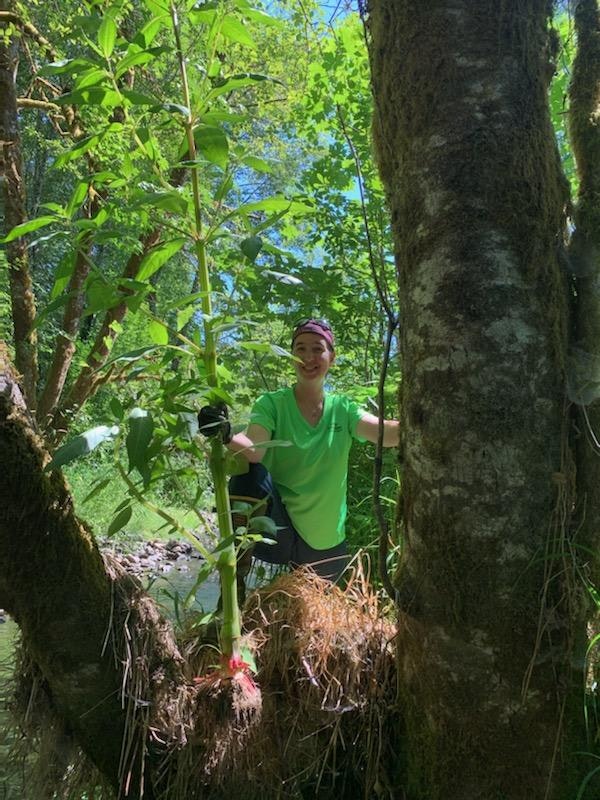

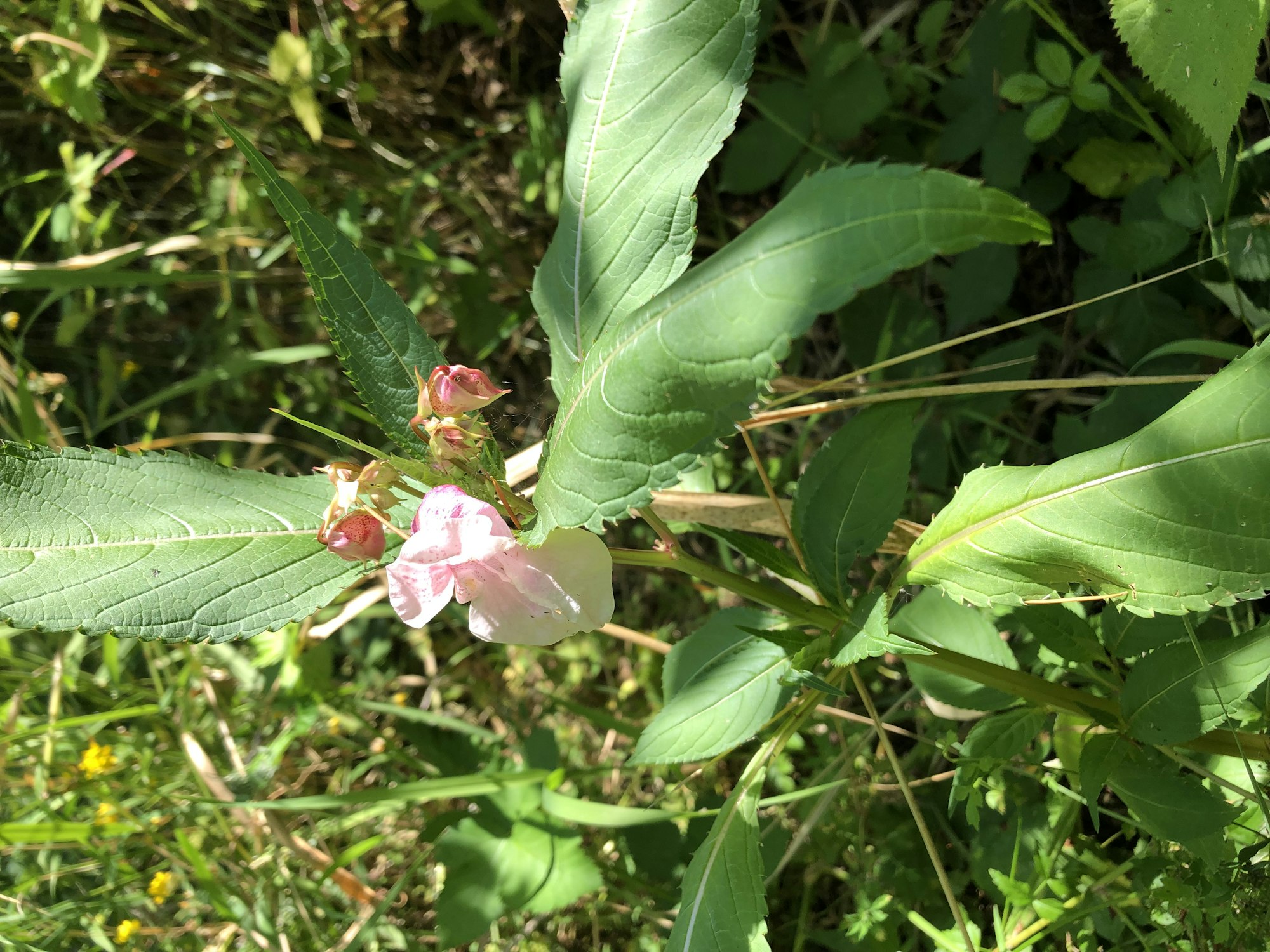
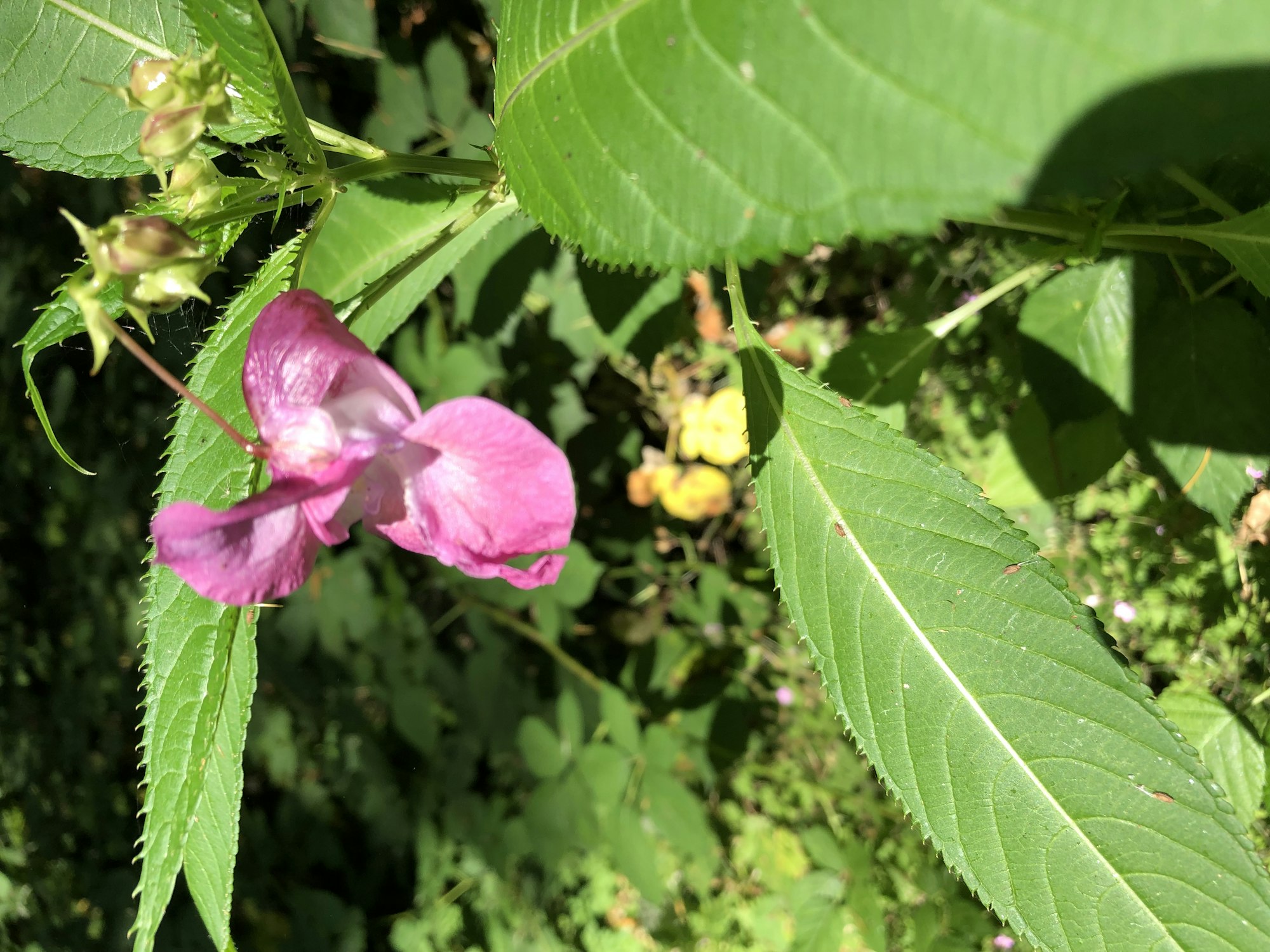
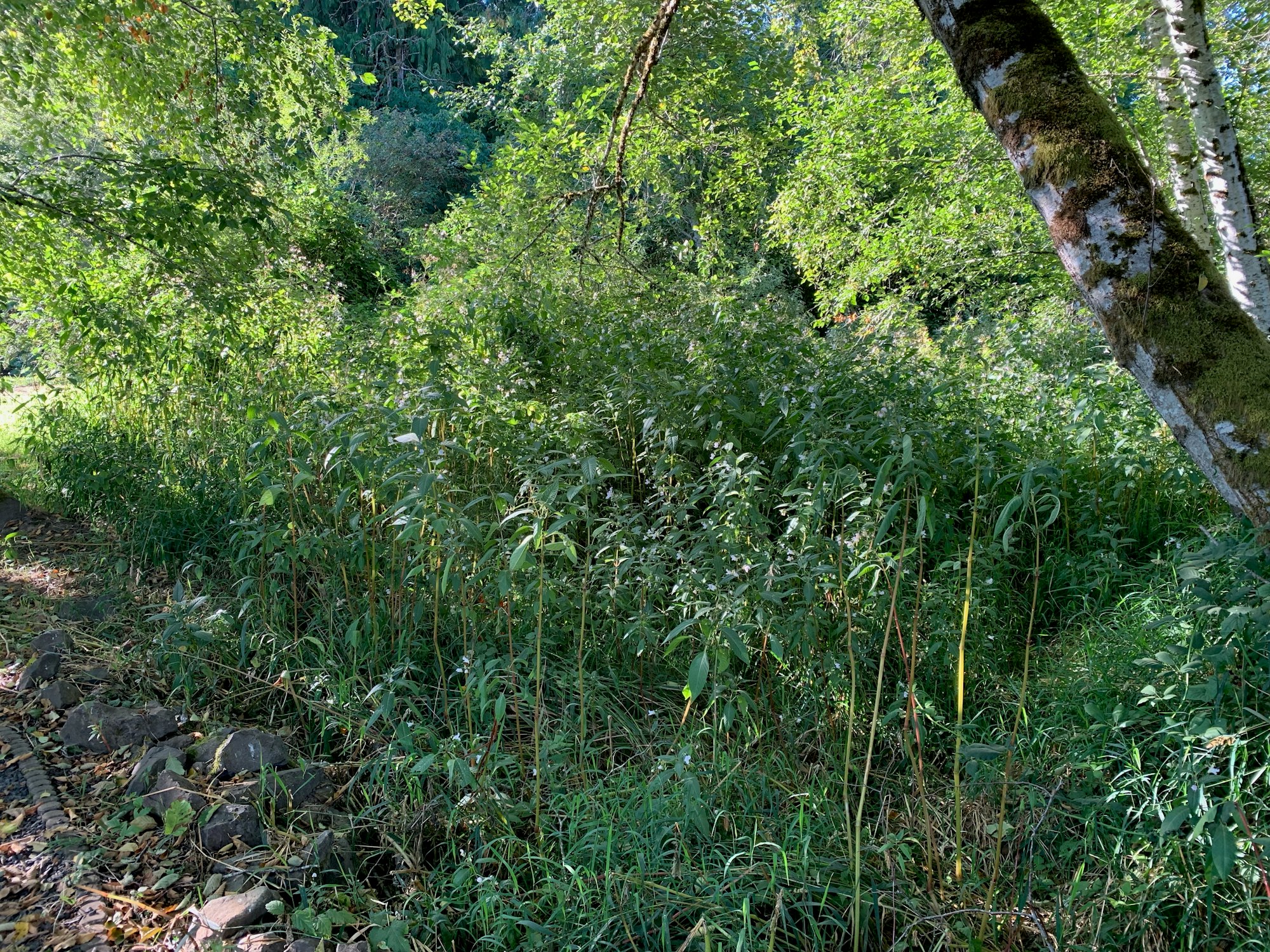
.jpg?ixlib=rb-1.1.0&w=2000&h=2000&fit=max&or=0&s=23ac1e8820eaeeeb01785d268721c4eb)















.jpg?ixlib=rb-1.1.0&w=2000&h=2000&fit=max&or=0&s=23ac1e8820eaeeeb01785d268721c4eb)

IF SEEN:
- Manual control: Hand pull small infestations before seeding
- Mechanical Control: Mowing with follow up about every two weeks to ensure there is no re-sprouting
- Chemical Control: Please consult the local OSU Extension Office or Oregon Department of Agriculture before beginning any chemical treatment
Learn more about Policeman’s Helmet and other Noxious Weeds of Oregon by visiting the Oregon Department of Agriculture’s website here.

